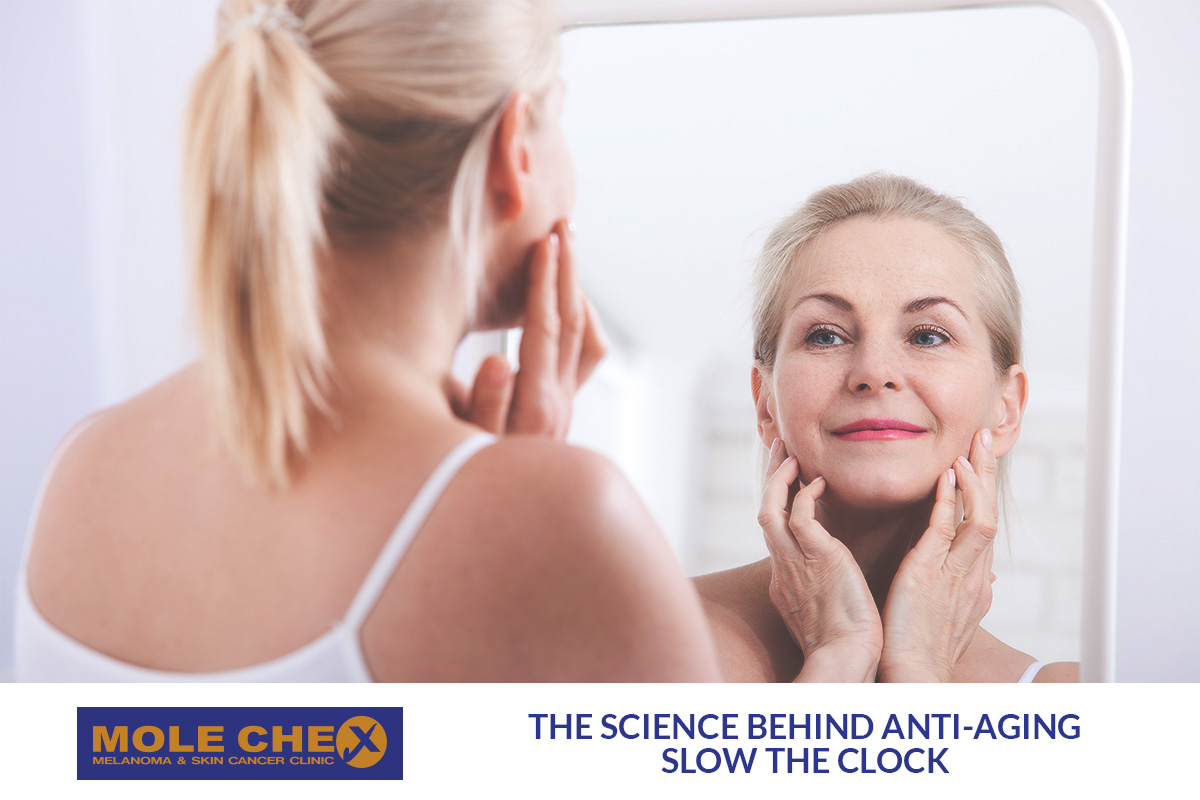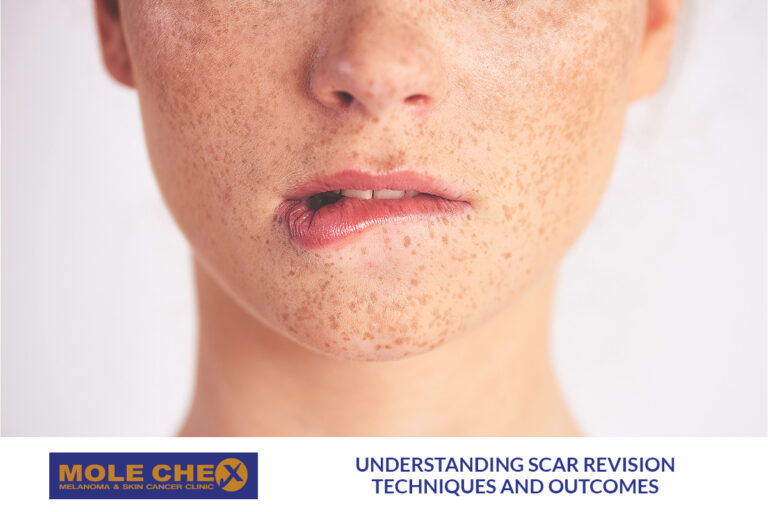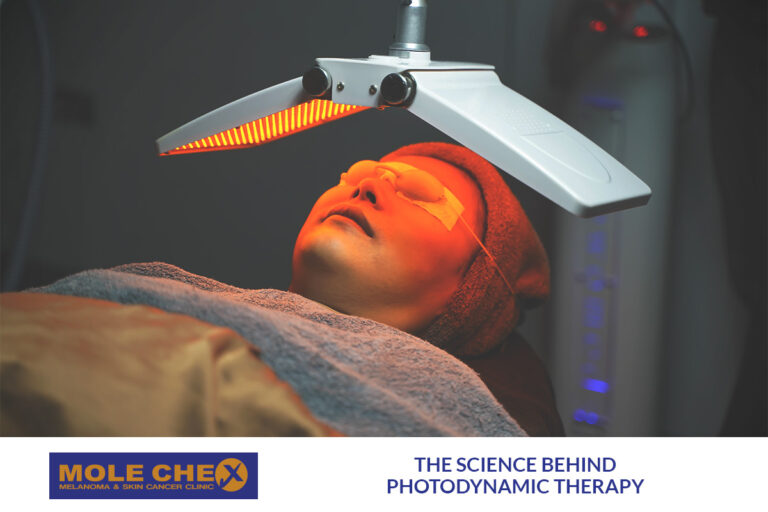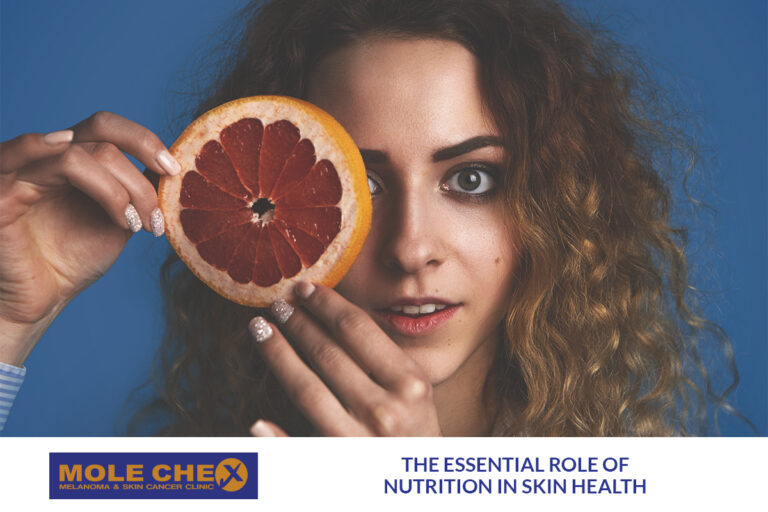The Science Behind Anti-Aging: How Modern Treatments Slow the Clock

In our quest for eternal youth, the field of cosmetic dermatology has made significant strides, particularly in anti-aging treatments. Today, clinics across Australia and the globe offer a range of sophisticated procedures designed to slow down the visible signs of aging. This article delves into the science behind these modern treatments, exploring how they work to rejuvenate the skin and give it a more youthful appearance.
Understanding Skin Aging
Skin aging is a natural process influenced by a combination of genetic (intrinsic) factors and environmental (extrinsic) factors such as sun exposure, pollution, smoking, and diet. As we age, our skin experiences changes such as reduced collagen production, diminished skin elasticity, and decreased cellular turnover, leading to wrinkles, fine lines, and changes in texture and tone.
The quest for youthful, radiant skin has led to the development of various dermatological treatments that target the signs of aging. From retinoids to microneedling, each treatment offers unique benefits and mechanisms of action to combat wrinkles, fine lines, loss of elasticity, and other age-related changes. Here, we explore how these treatments can rejuvenate the skin and potentially slow the aging process.
Modern Anti-Aging Treatments and Their Mechanisms
The advancement in anti-aging science has led to the development of various treatments, each targeting different signs of aging through unique mechanisms. Here’s how some of the most popular treatments work:
Retinoids and Peptides
At the forefront of topical anti-aging treatments are retinoids and peptides. Retinoids, derivatives of Vitamin A, work by promoting skin cell turnover and stimulating collagen production, thus reducing the appearance of fine lines and improving skin texture. Peptides, on the other hand, are short chains of amino acids that signal the skin to produce more collagen, helping to firm up the skin and reduce wrinkles.
Retinoids, derivatives of vitamin A, are cornerstone treatments in anti-aging skin care. They work by promoting cell turnover and stimulating collagen production, which can reduce wrinkles and improve skin texture. Retinoids also help fade age spots and smooth the skin, making it appear more youthful. Over-the-counter products typically contain retinol, while stronger, prescription-only versions like tretinoin are used for more pronounced aging signs.
Peptides are short chains of amino acids that serve as building blocks for proteins such as collagen and elastin. Topical peptides can signal the skin to ramp up collagen production, leading to firmer, more elastic skin. Some peptides also have wound-healing properties, which can help in repairing age-damaged skin.
Laser Resurfacing
Laser resurfacing employs focused light beams to remove damaged skin layer by layer. This technique is highly effective in treating wrinkles, sun damage, and uneven skin tone. This leads to the production of new collagen and elastin, resulting in smoother, firmer, and more youthful-looking skin. These treatments are effective for addressing wrinkles, sun damage, and uneven skin tone.
There are two types of lasers commonly used:
- Ablative lasers (like CO2 and erbium lasers) remove the outer layers of the skin, prompting the body to produce new, more youthful skin during the healing process.
- Non-ablative lasers, less invasive than ablative ones, heat up the underlying skin tissue without harming the surface layer, thus stimulating collagen production.
Chemical Peels
Chemical peels involve applying a chemical solution to the skin, which causes the top layers to peel off, revealing smoother, less wrinkled skin beneath. This process also stimulates collagen production, improving the overall texture and appearance of the skin. They vary in depth from superficial peels (which use mild acids like alpha-hydroxy acid) to deep peels (using stronger acids like phenol) depending on the skin’s condition and desired results. Peels help diminish fine lines, scars, and hyperpigmentation.
Hyaluronic Acid Fillers
Skin fillers are injectables that can reduce sagging and fill out wrinkles and lines. Hyaluronic acid is a naturally occurring substance in the skin known for its capacity to retain moisture. When injected, fillers can plump the skin, smooth out wrinkles, and restore lost volume, providing an immediate rejuvenation effect. The results are temporary, lasting from six months to a year, depending on the product used.
Fillers made from hyaluronic acid are injected into the skin to restore lost volume, smooth lines, and soften wrinkles, particularly around the mouth and nose, and in the cheeks and lips. Hyaluronic acid is a naturally occurring substance in the skin that helps retain moisture, making fillers a popular choice for their immediate and natural-looking results.
Neuromodulators (e.g., Botox)
Neuromodulators are substances that manipulate skin muscles and are injected into specific muscles to temporarily relax them, reducing the appearance of dynamic wrinkles (those that form from facial expressions, wrinkles etc.). This results in a smoother, more relaxed appearance.
Neuromodulators such as Botox, Dysport, and Xeomin are types of botulinum toxin injections that relax facial muscles, thereby reducing the appearance of expression lines and wrinkles on the face. Commonly treated areas include forehead lines, crow’s feet, and frown lines. These treatments work by blocking nerve signals to the muscles, which helps prevent the formation of wrinkles due to repetitive facial expressions.
Microneedling
Microneedling involves creating tiny punctures in the skin using fine needles, which induces a wound healing response and stimulates collagen production. This response promotes collagen and elastin production, which can tighten and smooth the skin. When small needles puncture the skin, it creates micro-injuries that stimulate the body’s natural wound-healing processes, resulting in improved skin texture.
Microneedling is effective for treating scars, wrinkles, and large pores, and can also improve skin texture and firmness. When combined with topical treatments like PRP (platelet-rich plasma), the results can be
Conclusion: Embrace a Holistic Approach
While the aforementioned treatments offer impressive results, a holistic approach to anti-aging that includes a healthy lifestyle, sun protection, and regular skincare can amplify the benefits of these procedures. Adequate hydration, a balanced diet rich in antioxidants, and avoiding smoking and excessive alcohol consumption can all contribute to healthier, more youthful skin. The science of anti-aging is continually evolving, with new treatments and technologies emerging to meet the demand for non-invasive rejuvenation options. Once can make informed decisions be understanding how these treatments work and consulting with a qualified dermatologist or cosmetic surgeon. This helps in making informed decisions effectively turning back the clock on aging skin by selecting procedures are best suite their needs and goals, .
Note: Molechex offers various kind of skincare and skin cosmetics services performed by certified and experienced skin doctors. The article is for information purposes to expose possible treatment options anyone can opt for. This is not a medical opinion or advisory and any person opting for treatment should seek a professional’s advice before taking decisions, Molechex advices booking a consultation with skin doctor which help choose right treatments for the skin condition and individual health history.
Finally, if you’re interested, Molechex skin doctors appointments are available via Hotdoc. Book your initial consultation to get started with your skin rejuvenation journey.
Learn more by reading other articles :



